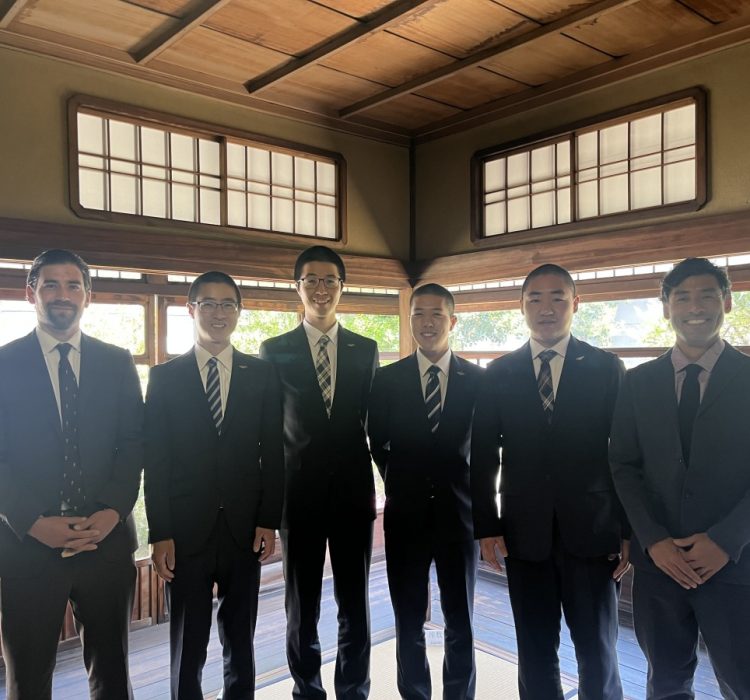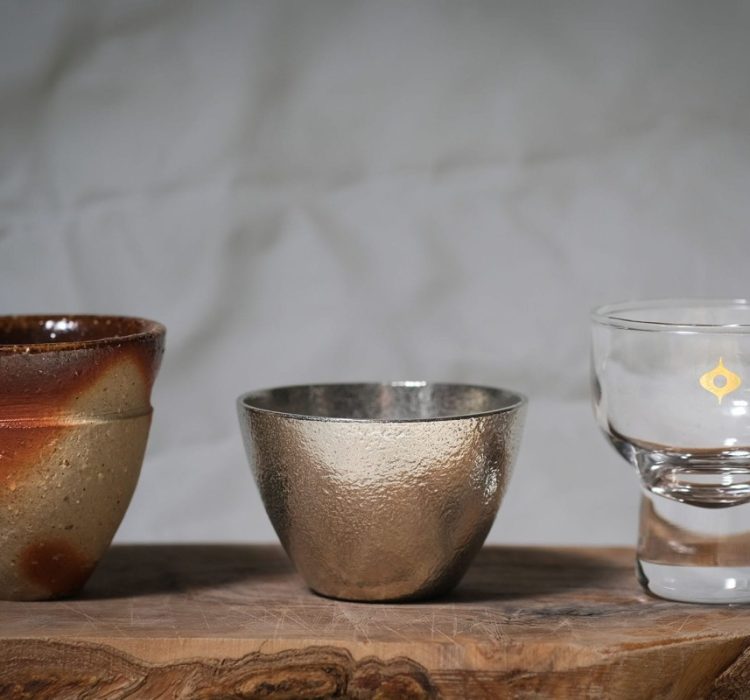
Aug.22
Elizabeth Andoh – A Taste of Culture
Aug.22
Dear friends, colleagues and those who have expressed an interest in the FOOD & CULTURE of Japan: 屋台 YATAI Summer Festival Foods Throughout Japan summertime is a time for matsuri festivals and that means hanabi 花火 (fireworks), mikoshi 神輿 (portable Shinto shrines paraded through the streets during festivals), bon odori 盆おどり(dancing), and yatai 屋台(food stalls…

Aug.21
August, 2025 Newsletter
Aug.21
Further to the June newsletter story about the first authentic machiya to be built in Kyoto in 90 years, JapanCraft21 partner Gion Naito is adding the final finishing touches to the structure and the new owners (a young family of four) will take up residence in August. Built according to traditional methods using joinery and…

Aug.07
Elizabeth Andoh – A Taste of Culture
Aug.07
Dear friends, colleagues and those who have expressed an interest in the FOOD & CULTURE of Japan: 素麺 SŌMEN Noodles As the heat and humidity of summer settles in, appetites begin to wane. That’s when thread-thin sōmen noodles provide solace. Indeed, sōmen have been refreshing heat-weary Japanese since at least the 8th century. Sōmen noodles…

Aug.06
心町家塾 第3期 4月レポート:新たな挑戦、町家大工への第一歩
Aug.06
4月27日、第三期心町家塾の入校式が聚楽猪飼邸で執り行われ、京町家の大工を目指す5名の受講生が新たな一歩を踏み出しました。 式典では、受講生一人ひとりが自己紹介を行い、その真剣な眼差しからは、町家大工としての未来への強い決意が感じられました。特に印象的だったのは、日本人の母親を持つKくんです。来日当初は日本語が話せなかった彼ですが、昨年一年間、祗園内藤工務店での見習い修行を経て、今ではほとんどの日本語を聞き取れるまでに成長していました。彼の努力と情熱が、これからどのように花開くのか、非常に楽しみです。 JC21のバイメルをはじめ、心町家塾をサポートしてくださる大工のみなさんからも温かい激励の言葉が贈られ、受講生たちは塾の理念と今後の学びについて理解を深めました。 入校式後には、徒歩圏内にある祗園内藤工務店の新築の町家建築現場を見学しました。現場では、実際に作業をしている大工さんに積極的に質問をしたり、町家の構造を間近で見たり、柱に触れてその質感を確かめたりと、受講生たちは熱心に学びを深めました。未来の町家大工たちの輝く瞳が、希望に満ちた一日を締めくくりました。

June.30
Elizabeth Andoh – A Taste of Culture
June.30
Dear friends, colleagues and those who have expressed an interest in the FOOD & CULTURE of Japan: 豆皿 MAMÉ-ZARA Small Plates One of the distinctive features of Japanese food arrangement is the use of many small plates and bowls in serving a meal. These vessels are typically varied in appearance (color, shape, design) and generally…

May.12
Elizabeth Andoh – A Taste of Culture
May.12
Dear friends, colleagues and those who have expressed an interest in the FOOD & CULTURE of Japan: SHŌBU: 尚武・勝負・菖蒲 The Japanese often engage in word play, and during the month of May there are two words, SHŌBU and KATSU, that provide opportunity to engage in homonym fun. The words for martial spirit (shōbu, 尚武), victory…

May.12
Gianfranco Chicco – The playful guinomi
May.12
This is the second essay in a three-part series that started with The humble yunomi. In Japanese drinking culture, the container often matters as much as what fills it. May is my birthday month so in the spirit of celebrating life, I thought it would be appropriate to write about guinomi, the little cups used…

Apr.20
Elizabeth Andoh – A Taste of Culture
Apr.20
Dear friends, colleagues and those who have expressed an interest in the FOOD & CULTURE of Japan: In Japan, April is the time for new beginnings — the start of a new school year, a new fiscal year, and changes to to many established programs on TV, radio and other media outlets. In tune with…

Mar.28
Gianfranco Chicco – THE CRAFTSMAN NEWSLETTER
Mar.28
The Butterfly Effect: Sori Yanagi and the Art of Appreciation The saying goes that you shouldn’t meet your heroes, but what about celebrating them? In November last year, a diverse group of people working in the UK’s design industry gathered at the Vitra showroom in London to launch the Sori Yanagi Appreciation Society (SYAS). read…
Mar.28
Elizabeth Andoh – A Taste of Culture
Mar.28
Celebrating Sakura The Japanese take great pleasure in celebrating the seasons and SAKURA (cherry blossoms) are emblematic of spring. From the time buds (tsubomi 蕾) first appear to the official pronouncement of blooming (kaika 開花) it is often less than a week. And from there to full-blown flowering (mankai 満開) can be just days. The…






